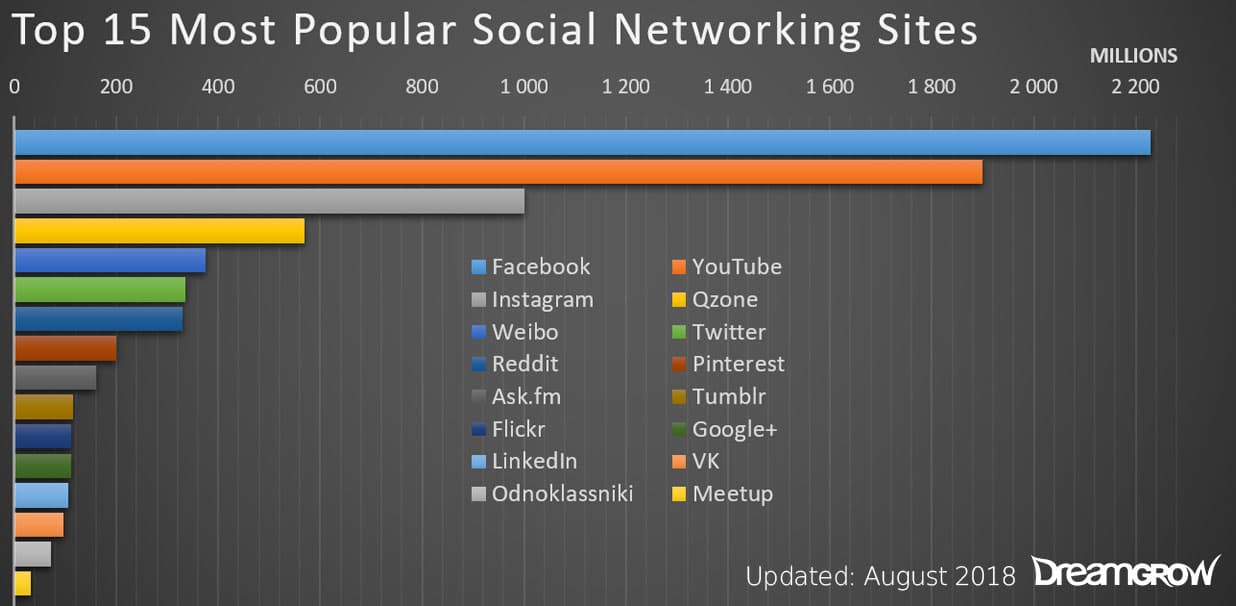

YouTube/Vimeo: Video hosting and watching websites.

Twitter: A social networking/micro-blogging platform that allows groups and individuals to stay connected through the exchange of short status messages (140 character limit).Brands create pages and Facebook users can “like” brands’ pages. Users create a personal profile, add other users as friends, and exchange messages, including status updates. Facebook: The world’s largest social network, with more than 1.55 billion monthly active users (as of the third quarter of 2015).

Blogs: A platform for casual dialogue and discussions on a specific topic or opinion. Popular Social Media Tools and Platforms: Don’t be afraid to try new things, but think through your efforts before kicking them off. Be compelling, useful, relevant and engaging. Social media not only allows you to hear what people say about you, but enables you to respond. Authenticity, honesty and open dialogue are key. It is not just a broadcast channel or a sales and marketing tool. Social media is about conversations, community, connecting with the audience and building relationships. Key Principles for Social Media Managers: Be sure to check with your school’s communications office for any school specific regulations or branding guidelines. Before creating any social media account, you must submit the Account Request Form. We offer an array of tools, including one-on-one consults with schools, departments and offices looking to form or maintain an existing social media presence to discuss social media goals and strategy, as well as offer insights and ideas. Social media refers to the means of interactions among people in which they create, share, and/or exchange information and ideas in virtual communities and networks. The Office of Communications and Marketing manages the main Facebook, Twitter, Instagram, LinkedIn and YouTube accounts. Guidelines for Employees’ Personal Use of Social Media. Policy for Official Social Media Accounts.







 0 kommentar(er)
0 kommentar(er)
